 W
WAgar Stewart Allan Masterton Adamson was a Canadian soldier who married the Toronto heiress Mabel Cawthra. He served with distinction in the Second Boer War and in World War I, and commanded the Princess Patricia's Canadian Light Infantry from 1916 to 1918. He died after an airplane crash in the Irish sea.
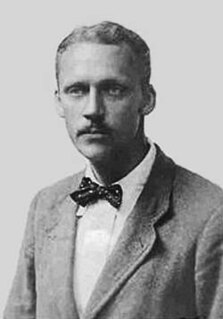 W
WWalter Dalrymple Maitland Bell, known as Karamojo Bell, was a Scottish adventurer, big game hunter in East Africa, soldier, decorated fighter pilot, sailor, writer, and painter.
 W
WLieutenant Harold Lothrop Borden was from Canning, Nova Scotia and the only son of Canada's Minister of Defence and Militia, Frederick William Borden and related to future Prime Minister Robert Laird Borden. Serving in the Royal Canadian Dragoons, he became the most famous Canadian casualty of the Second Boer War. Queen Victoria asked F. W. Borden for a photograph of his son, Prime Minister Wilfrid Laurier praised his services, tributes arrived from across Canada, and in his home town a monument was erected to his memory.
 W
WSir Henry Edward Burstall, was a Canadian general.
 W
WFrederick William Campbell was a Canadian Army Officer, and recipient of the Victoria Cross, the highest and most prestigious award for gallantry in the face of the enemy that can be awarded to British and Commonwealth forces.
 W
WMajor Hampden Zane Churchill Cockburn was a Canadian soldier, and recipient of the Victoria Cross, the most prestigious award for gallantry in the face of the enemy that can be awarded to British and Commonwealth forces.
 W
WJames Harold Elmsley, was a Canadian Major-General who served with the Royal Canadian Dragoons in the Canadian Expeditionary Force during the First World War. Later in the war, he would command the 8th Canadian Infantry Brigade, as well as the Canadian Siberian Expeditionary Force during the Allied intervention in the Russian Civil War.
 W
WMajor-General Sir Marie-Joseph-Eugène Fiset, was a Canadian physician, military officer, Deputy Minister of Militia and Defence, Member of Parliament, the 18th Lieutenant Governor of Quebec, and the 3rd Canadian Surgeon General.
 W
WFrancis Joseph Fitzgerald was a Canadian who became a celebrated Boer War veteran and the first commander of the Royal Northwest Mounted Police detachment at Herschel Island in the Western Arctic (1903). From December 1910 until February 1911, he led a mail patrol from Fort McPherson southward to Dawson City. When the patrol did not arrive in time, a search party, led by Corporal William Dempster, was sent from Dawson City and found the bodies of Fitzgerald and the other patrol members. The trip became known as "The Lost Patrol" and as "one of Yukon’s greatest tragedies."
 W
WAndrew Hamilton Gault was a Canadian Army officer and British politician. At his own expense, he raised the Princess Patricia's Canadian Light Infantry, the last privately raised regiment in the British Empire. Hatch Court in Somerset today houses a small museum commemorating Gault's military career. From 1924 to 1935 he was the Conservative Member of Parliament for Taunton, Somerset. Returning to Quebec after World War II, Gault vigilantly defended his estate of Mont Saint-Hilaire from expropriation by mining interests and bequeathed it to McGill University to help ensure its preservation.
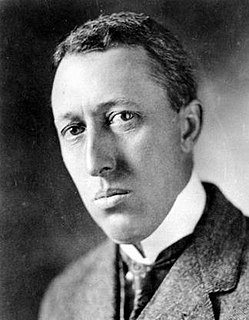 W
WMajor General William Antrobus Griesbach, CB, CMG, DSO*, VD, KC was a Canadian politician, decorated soldier, mayor of Edmonton, and member of the House of Commons of Canada and Senate of Canada.
 W
WArthur L. "Gat" Howard DSO, was an American and Canadian expert in the use of the early machine gun. He is best known for his use of a Gatling gun in support of the Canadian militia in the North-West Rebellion of 1885.
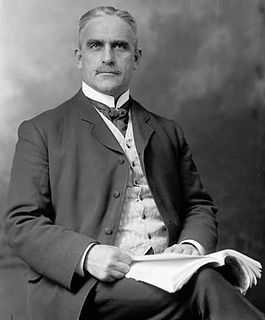 W
WSir Samuel Hughes, was the Canadian Minister of Militia and Defence during World War I. He was notable for being the last Liberal-Conservative cabinet minister, until he was dismissed from his cabinet post.
 W
WFrançois-Louis Lessard, was a Canadian general.
 W
WSir William Price was a Canadian businessman and politician.
 W
WArthur Herbert Lindsay Richardson VC was a Canadian recipient of the Victoria Cross, the highest and most prestigious award for gallantry in the face of the enemy that can be awarded to British and Commonwealth forces.
 W
WWilliam Cunningham Smith was a politician from Alberta, Canada. He served in the Legislative Assembly of Alberta from 1921 to 1935 as a member of the United Farmers caucus in government.
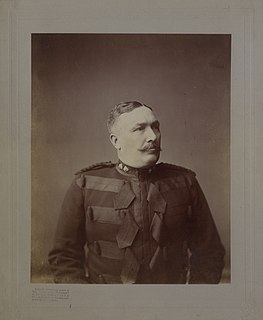 W
WMajor General Sir Samuel Benfield Steele was a distinguished Canadian soldier and police official. He was an officer of the North-West Mounted Police, most famously as head of the Yukon detachment during the Klondike Gold Rush, and commanding officer of Strathcona's Horse during the Boer War.
 W
WLieutenant General Sir Richard Ernest William Turner, was a senior Canadian Army officer who served during the Second Boer War and the First World War, and was a recipient of the Victoria Cross. While Turner always displayed great personal courage while under fire, he lacked the acumen for brigade- and division-sized tactics, and the men under his command during the First World War suffered grievous losses in several battles before he was moved into administrative roles.
 W
WMajor-General Victor Arthur Seymour Williams CMG was a Canadian general in the First World War and later the Commissioner of the Ontario Provincial Police. In June 1916 he was seriously wounded and captured by the Germans. As a brigadier-general he was one of the highest ranked Canadians ever captured by the enemy.
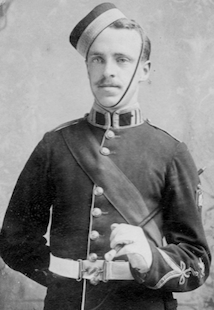 W
WLieutenant Charles Carroll Wood was the first Canadian Officer to die in the Second Boer War. As a member of a family that had distinguished itself in America, his great grandfather being Zachary Taylor, 12th President of the United States, he was buried with full military honours.
 W
WHenry Joseph Woodside was a Canadian businessman, journalist, writer, and photographer.